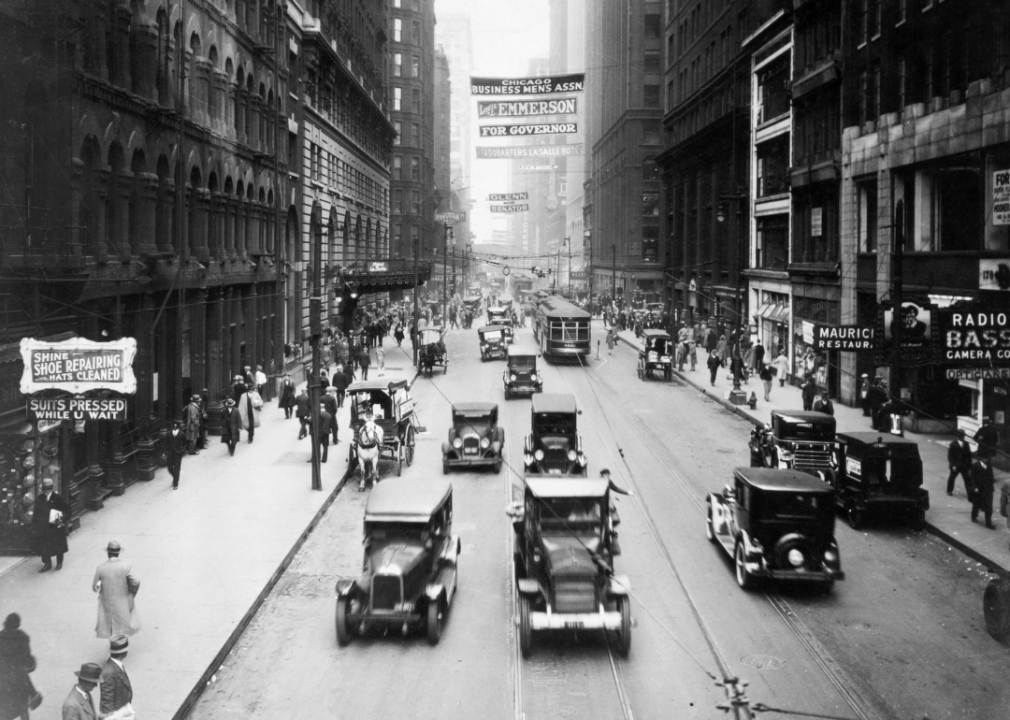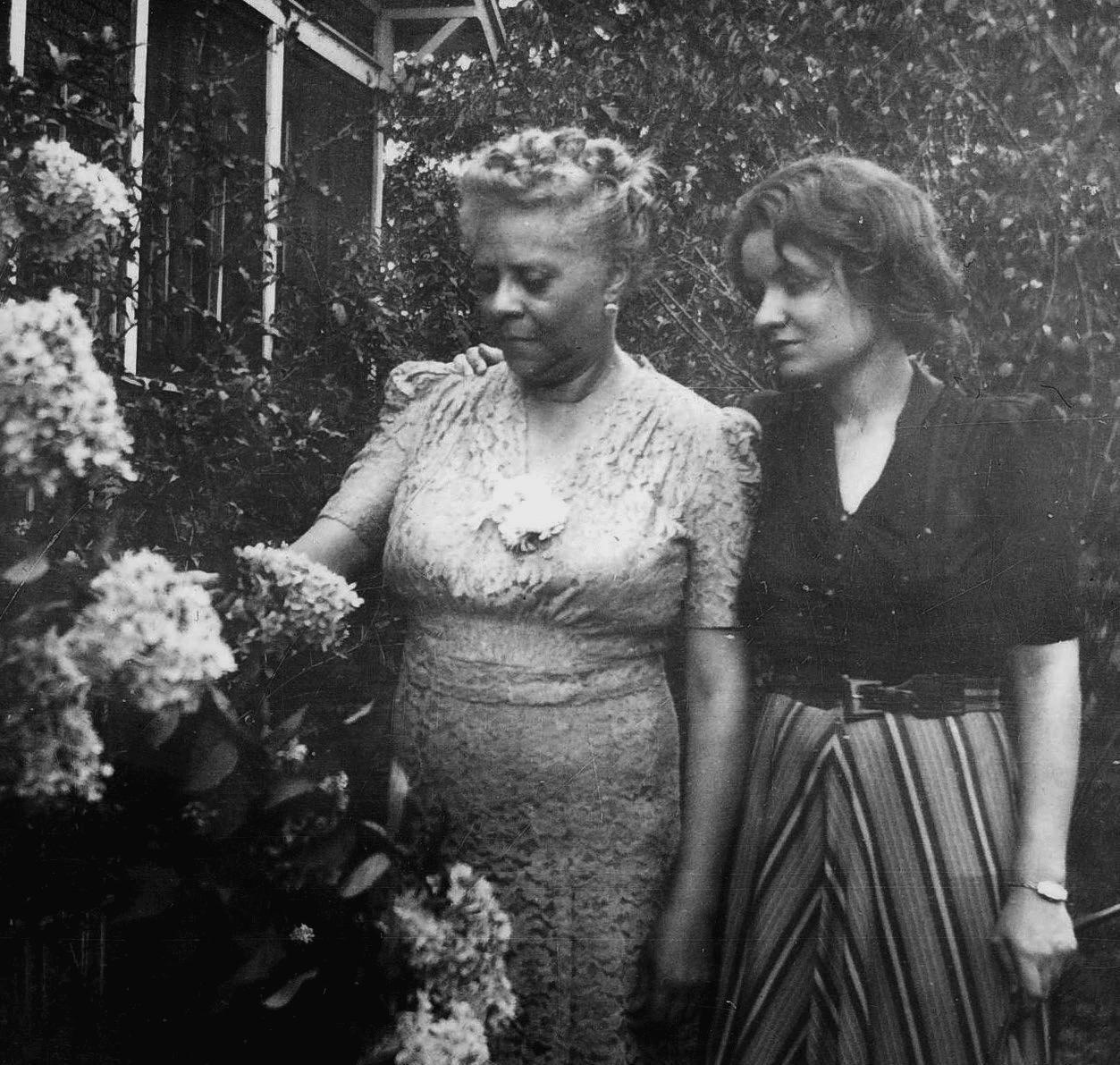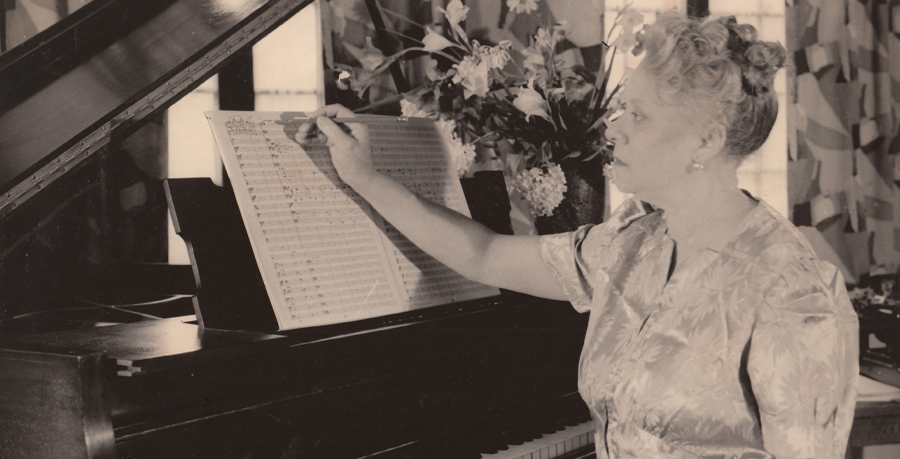A composition that went missing for 75 years. Only fully unearthed in 2019, this is how Florence Price's Piano Concerto in One Movement was made, lost and rediscovered.
Born in Arkansas in 1887, Florence Price (née Smith) was the first African-American woman to be recognised as a symphonic composer and have a composition played by a major orchestra.
After graduating high school at age 14, Price enrolled in the New England Conservatory of Music in Boston, undertaking a double major in organ and piano teaching, and studying under composers George Chadwick and Frederick Converse.
After a short time holding several teaching positions and raising her family back in her hometown, she and her family moved to Chicago in 1927 to avoid racial discrimination. It was in Chicago that Price continued her composition studies, and she went on to write over 300 works during her life.

Chicago in the late 1920s © Getty Images
She composed the Piano Concerto in D Minor (also known as Piano Concerto in One Movement) in 1934. The work is in 3 sections, beginning with a moderato that opens with a brief orchestral introduction followed by a piano cadenza. The next section is an adagio with a lyrical theme, followed by the final allegretto section, apparently modelled after African-American Juba dance, a style which originated from enslaved people on plantations in the United States.
This concerto was performed by Price herself as part of the 1934 commencement programme at the Chicago Music College, where she was met with critical acclaim. Several of her works, including the Piano Concerto in One Movement, were played by the Women’s Symphony Orchestra of Chicago, resulting in a long-term partnership between Price and the Orchestra that helped her to gain recognition. Her Piano Concerto would go on to be performed by other major symphonies within her lifetime, including the Chicago Symphony and the Michigan Works Progress Administration Orchestra.
Unfortunately, the upheaval of the Second World War led to the disbanding and pausing of many womens' orchestras. This caused a decline in interest and performances of Price’s work. Additionally, after Price’s death in 1953 at the age of 66, much of her music, including the full score of this Piano Concerto, was either lost or scattered. One of her daughters inherited the summer home where Florence would compose and play the piano. She had been in contact with the University of Arkansas to build her mother’s archives, however, that connection was lost after her own death in 1975.

Florence Price with her daughter Florence Louise Robinson
Fortunately, a significant amount of her manuscripts, including the Concerto’s piano reduction for two hands, were discovered in 2009 when a new couple bought the summer house. This enabled composer Trevor Weston to reconstruct the full original score. This discovery and new performances of the reconstructed score have sparked renewed interest in Price’s music, leading to the eventual appearance of the original score at an auction in 2019.
Jeneba Kanneh-Mason will be joining us to play this Concerto on Wednesday 25 June at Royal Festival Hall under the baton of Vasily Petrenko, the final concert of our 2025 series Lights in the Dark.
Hear Florence Price's Piano Concerto in concert
© Hannah Thomas/RPO

